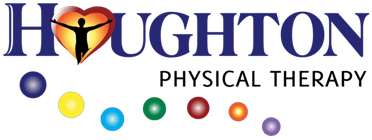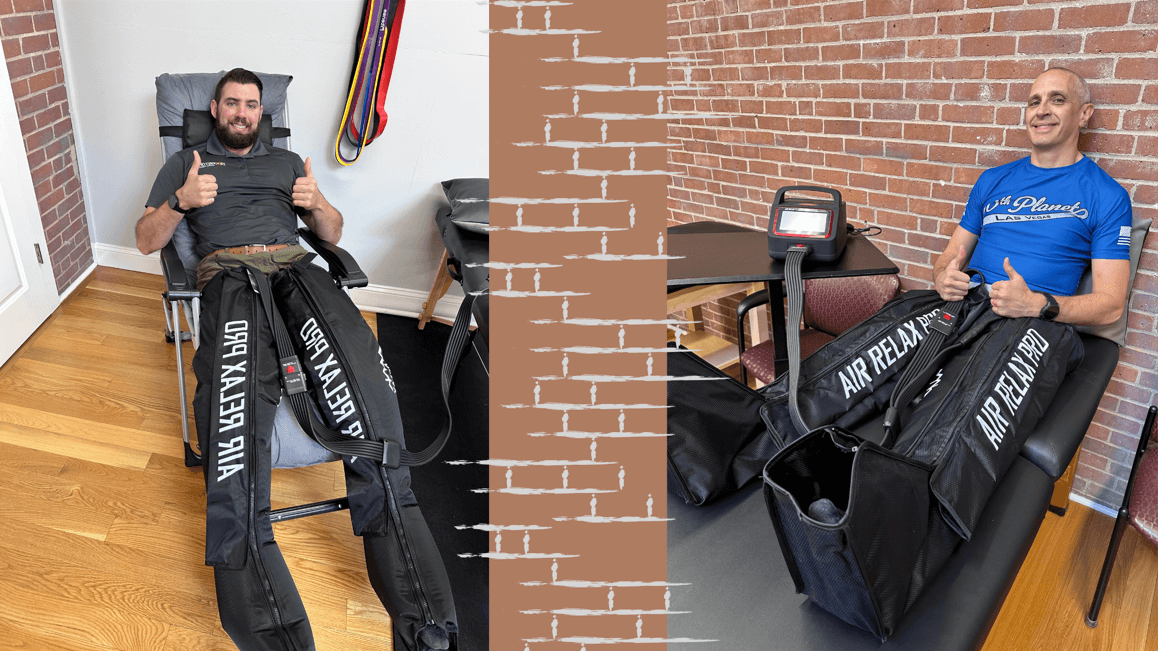Understanding Neck & Shoulder Pain
Neck and shoulder pain are among the most common musculoskeletal complaints, affecting people of all ages. Whether caused by poor posture, repetitive movements, stress, or injury, persistent pain in these areas can significantly limit mobility and quality of life.
At Houghton Physical Therapy, we specialize in non-invasive treatments designed to relieve discomfort, restore movement, and prevent future pain. Our comprehensive, hands-on approach combines manual therapy, corrective exercises, and advanced pain-relief modalities like shockwave therapy and electrical stimulation to help patients achieve lasting relief.
Common Causes of Neck & Shoulder Pain
Neck and shoulder pain can develop from a variety of conditions, including:
- Poor Posture & Tech Neck – Extended screen time and forward head posture place excessive strain on the neck and shoulders.
- Muscle Tension & Stress – Tight muscles from stress or improper movement patterns can lead to chronic discomfort.
- Whiplash & Trauma – Sudden force, like in car accidents, can cause soft tissue damage.
- Rotator Cuff Injuries – Overuse or strain in the shoulder muscles can lead to inflammation and pain.
- Cervical Disc Herniation – Bulging or ruptured discs in the cervical spine can compress nerves, causing radiating pain.
- Shoulder Impingement Syndrome – Repetitive overhead movements can irritate shoulder tendons.
- Arthritis & Degeneration – Wear and tear in the cervical spine or shoulder joint can lead to stiffness and pain.
How Physical Therapy Can Relieve Neck & Shoulder Pain
Unlike medication that temporarily masks pain, physical therapy corrects the underlying causes of neck and shoulder discomfort. A customized treatment plan at Houghton Physical Therapy includes:
1. Manual Therapy & Myofascial Release
- Soft Tissue Mobilization: Reduces muscle tightness and improves circulation.
- Joint Mobilization: Enhances flexibility and realigns vertebrae.
- Trigger Point Therapy: Releases painful knots contributing to muscle tension.
- Cupping Therapy: Promotes blood flow and tissue healing.
2. Shockwave Therapy for Chronic Pain Relief
Shockwave therapy is a non-invasive technique that uses acoustic waves to:
- Break down scar tissue and calcifications.
- Stimulate blood flow and promote healing.
- Reduce chronic inflammation in muscles and tendons.
- Provide long-term relief for rotator cuff injuries and persistent neck pain.
3. Electrical Stimulation for Pain Modulation
Electrical stimulation (E-Stim) is an advanced therapy that:
- Reduces nerve pain and muscle tension.
- Stimulates circulation for faster recovery.
- Improves muscle activation in weak or injured areas.
4. Corrective Exercises & Postural Training
- Chin Tucks & Neck Retraction: Helps counteract forward head posture.
- Shoulder Blade Squeezes: Strengthens postural muscles for better shoulder alignment.
- Thoracic Mobility Drills: Improves upper back flexibility, reducing strain on the neck.
- Rotator Cuff Strengthening: Supports shoulder stability and function.
- Scapular Stabilization Exercises: Prevents shoulder impingement and improves movement patterns.
5. Stretching & Mobility Routines
- Upper Trapezius & Levator Scapulae Stretch: Eases tension in the neck and shoulders.
- Doorway Pectoral Stretch: Opens up the chest and reduces slouching.
- Cat-Cow & Thread-the-Needle Stretch: Increases spinal mobility and relieves stiffness.
- Foam Rolling Techniques: Enhances flexibility and breaks up adhesions.
6. Ergonomic & Lifestyle Modifications
A significant portion of neck and shoulder pain results from poor daily habits. We provide:
- Desk & Workplace Ergonomic Assessments: Adjustments to monitor height, chair support, and keyboard placement.
- Proper Sleeping Positions: To avoid stiffness from poor spinal alignment.
- Stress Management Techniques: Breathing exercises and mindfulness to prevent tension buildup.
The Benefits of Physical Therapy for Neck & Shoulder Pain
By integrating multiple treatment techniques, our patients experience:
- Pain relief without medication or surgery.
- Improved posture and movement mechanics.
- Increased flexibility and range of motion.
- Reduced stiffness and muscle tension.
- Faster recovery from injuries.
When to Seek Physical Therapy for Neck & Shoulder Pain
You should consider physical therapy if you experience:
- Persistent stiffness or discomfort lasting more than a few weeks.
- Pain that radiates into the arms, hands, or upper back.
- Headaches or migraines triggered by neck tension.
- Reduced mobility or weakness in the shoulders.
- Pain that worsens with activity or daily tasks.
Conclusion
Neck and shoulder pain can be debilitating, but you don’t have to live with discomfort. Physical therapy offers a drug-free, hands-on approach to pain relief by addressing the root causes of your symptoms.
At Houghton Physical Therapy, we use cutting-edge techniques like shockwave therapy, electrical stimulation, and manual therapy to help patients move better and feel stronger.
Call to Action
Are you tired of living with neck and shoulder pain? Schedule a consultation with Houghton Physical Therapy today! Our team will design a personalized treatment plan to help you regain mobility, reduce pain, and get back to the activities you love. Book a free discovery visit now!
Tags: PT, physical therapy, shoulder pain, neck pain, neck and shoulder, neck and shoulder pain



